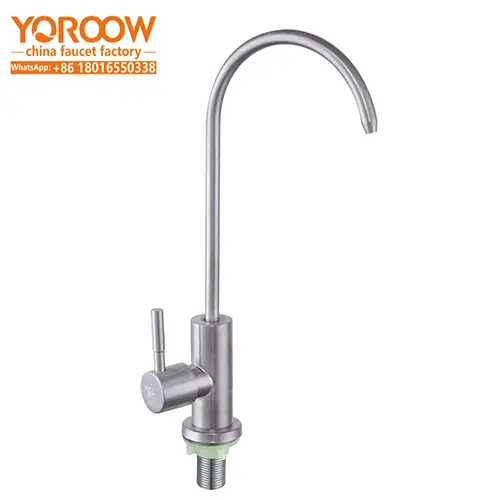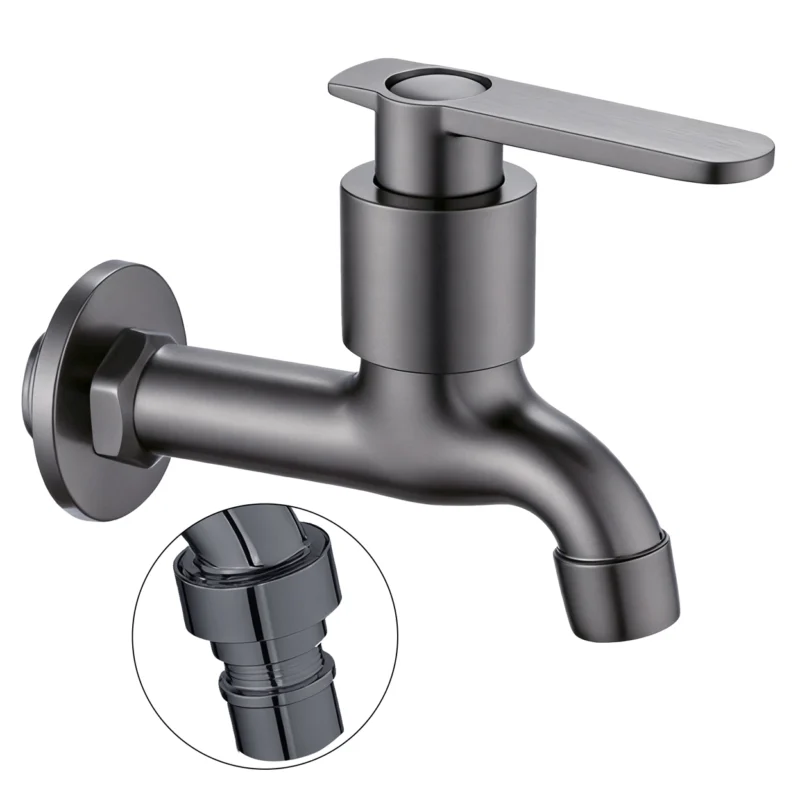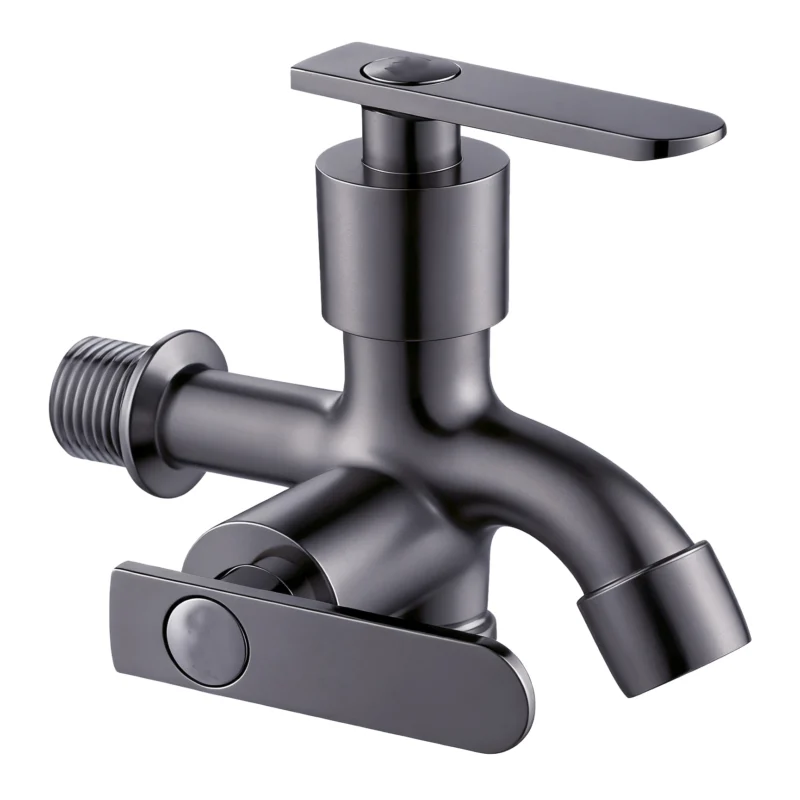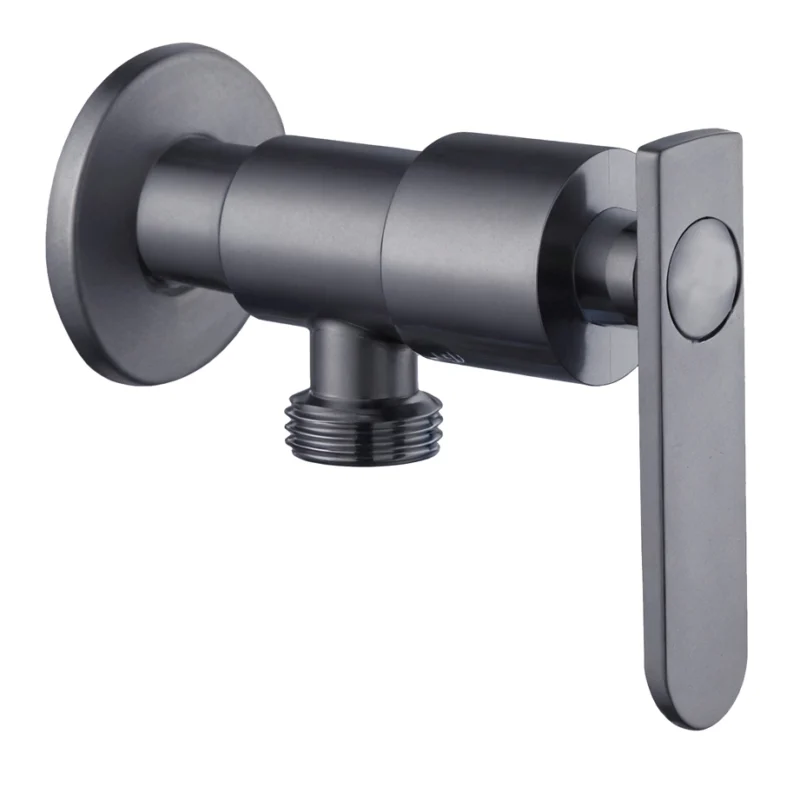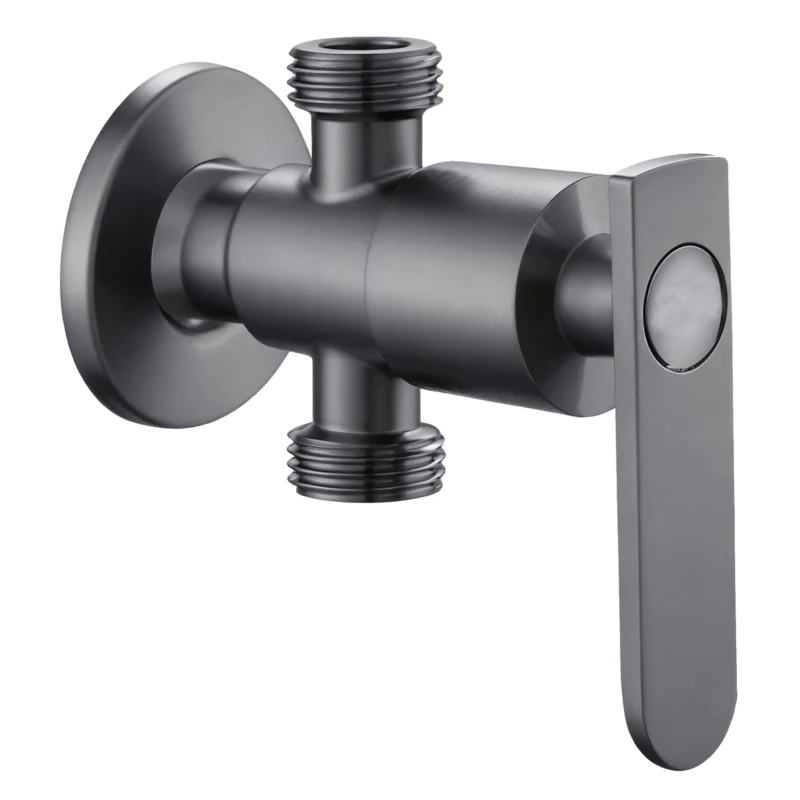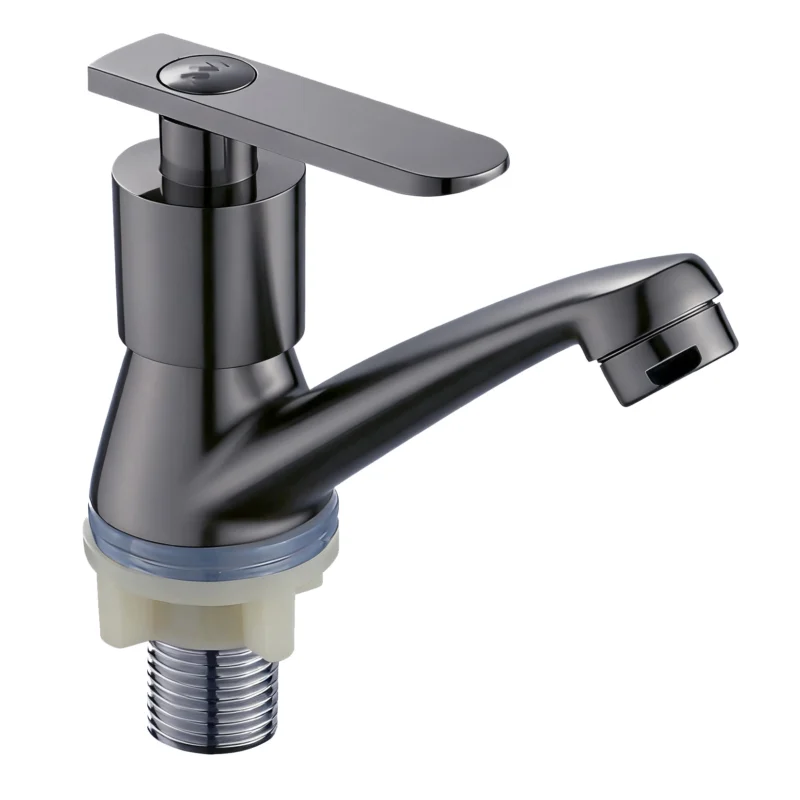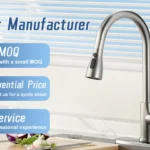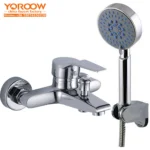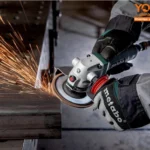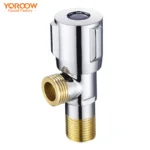In daily kitchen usage scenarios, the kitchen tap steel single-cold basin faucet, as a key appliance frequently exposed to water, detergents, and oil stains, often has its maintenance overlooked by users. Many hold the notion that “if it functions normally, no maintenance is required,” unaware that this mindset accelerates component wear of the faucet, leading to issues such as decreased sealing performance and poor water flow. Scientific and standardized maintenance can not only significantly extend the service life of the kitchen tap steel single-cold basin faucet but also sustain its stable water output performance and aesthetic appearance. مصانع الحنفيات الصينية, with profound industry experience and advanced technology, have organized a professional and comprehensive maintenance knowledge system for users.
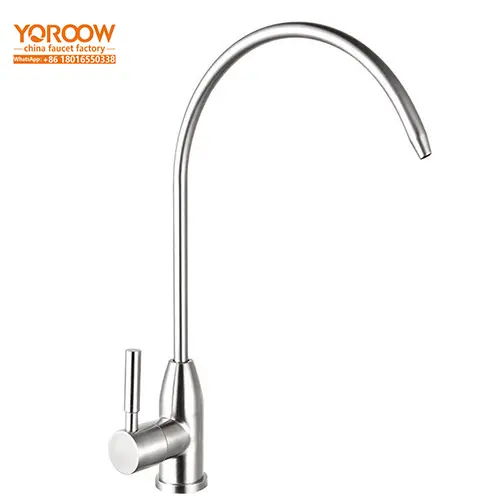
(I) Common Faucet Materials and Maintenance Requirements
The materials for kitchen faucets are diverse. The 304 stainless steel used in the kitchen tap steel single-cold basin faucet stands out among various materials due to its unique alloy formula and microstructure. The optimal ratio of 18% chromium and 8% nickel in 304 stainless steel promotes the formation of a dense nanoscale passivation film on the faucet surface. This passivation film can effectively resist the erosion of common acids and alkalis in the kitchen and has self-healing properties. Even in high-temperature steam environments, it maintains stable chemical properties.
However, during actual use, calcium and magnesium ions in residual water stains react with carbon dioxide in the air, forming stubborn water scale. Kitchen oil stains and some strong alkaline cleaning agents also pose potential threats to the passivation film. Therefore, after each use, it is recommended to wipe the faucet surface with a wrung-out pure cotton soft cloth along the direction of water flow to promptly remove water stains. For stubborn stains like soy sauce stains and coffee stains, dilute the neutral cleaner to a 5% concentration, gently scrub with a soft-bristled brush, and then rinse thoroughly with clean water. It should be noted that tools such as steel wool and cleaning sponges with abrasive particles are strictly prohibited, as they will leave tiny scratches on the faucet surface, damaging the integrity of the passivation film and accelerating metal oxidation.
Compared with 304 stainless steel, zinc alloy materials are prone to white rust due to electrochemical corrosion characteristics, while plastic materials have inherent defects such as low heat distortion temperature and poor impact resistance. With proper maintenance, the kitchen tap steel single-cold basin faucet made of 304 stainless steel can have a service life of over 10 years.
(II) Precautions in Special Scenarios
Although home kitchens are used less frequently than commercial ones, cooking fumes generated during the cooking process can form complex organic pollutants on the faucet surface. It is recommended to conduct a deep cleaning once a month: mix 10% white vinegar with 90% warm water to make a cleaning solution, soak a soft cloth in it, apply it to the oil-stained area for 5 – 10 minutes, and then wipe it off after the grease is fully softened. This can effectively decompose fatty acid esters and achieve an ideal cleaning effect.
Commercial kitchens, due to high usage frequency and complex water quality environments, require more stringent faucet maintenance. In addition to daily surface cleaning after business hours, use a torque wrench to check the nuts at each connection point every week, ensuring the tightening torque remains at 8 – 12N·m. Remove the filter screen every quarter and use an ultrasonic cleaner with a special descaling agent for deep cleaning to effectively remove impurities such as sediment and rust, ensuring the normal operation of the faucet.
In cold regions, when the ambient temperature drops below 0°C, the risk of kitchen water pipe freezing and cracking increases significantly. At this time, double-layer insulation cotton should be used to wrap the water pipes, and waterproof tape should be wound around the outer layer to prevent moisture penetration. If going out for an extended period, not only should the main water valve be closed, but all faucets and drain valves should also be opened to completely empty the water in the pipes. For some old residential areas with unstable water pressure, it is recommended to install a pressure reducing valve to avoid fatigue damage to the faucet seals caused by pressure fluctuations.
(III) Factory Recommendations
Chinese faucet factories have formulated a professional maintenance cycle table for kitchen tap steel single-cold basin faucets based on a large amount of user usage data and rigorous laboratory simulation tests. In addition to daily cleaning, a systematic maintenance of the faucet is required every six months: After turning off the water source, use special tools to remove the aerator and filter screen components, soak them in a diluted citric acid solution with a concentration of 3% for 1 – 2 hours. This solution removes water scale through chelation without damaging the metal material. After soaking, rinse with a high-pressure water gun at a pressure of 0.3MPa to ensure all impurities in the pores are completely removed. When checking the O-ring, its aging degree can be judged by measuring its cross-sectional diameter. When the diameter reduction exceeds 5%, a fluororubber seal ring should be replaced in a timely manner. This material maintains good elasticity and sealing performance within the temperature range of – 20°C to 200°C.
(IV) Emphasize the Importance of Maintenance and Welcome Contact for Product Usage Guidance or Custom Services
Proper maintenance is crucial for the full-life cycle management of the kitchen tap steel single-cold basin faucet. Data shows that for an unmaintained faucet, after three years of use, the uniformity of water flow decreases by about 30%, and the probability of sealing failure increases by 45%. In contrast, for a faucet with standardized maintenance, these figures can be reduced to less than 5%. Scientific maintenance can not only significantly reduce maintenance costs but also avoid interruptions in kitchen use caused by faucet failures, ensuring the normal operation of homes and commercial establishments.
Chinese faucet factories always adhere to the concept of “full-cycle service.” In addition to providing professional maintenance guidance, we also have a team of product usage experts who offer one-stop solutions from model selection advice to installation and debugging for special demand scenarios such as hotel kitchens and chain restaurants. Customization services are also supported, allowing users to customize parameters such as water outlet mode (columnar flow/bubbly flow), surface treatment process (mirror polishing/matte brushing), and interface specifications according to their needs. Welcome to contact us online through our official website. Our professional team will provide a detailed reply within one working day to help you enjoy a better kitchen water usage experience.
